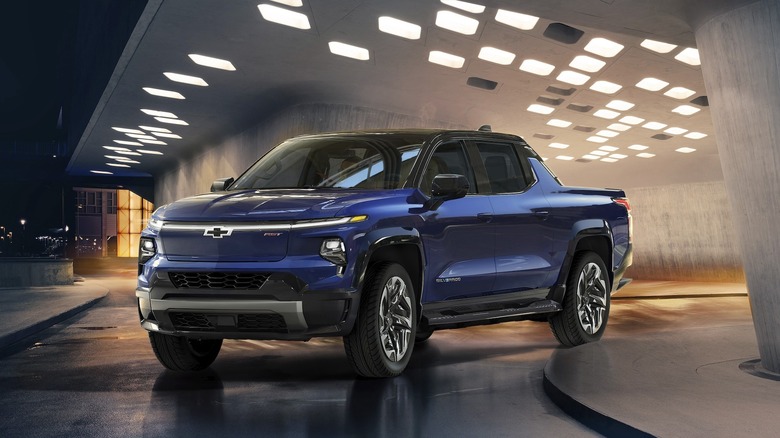How Chevrolet's Electric Truck Can Power Your Home (And Solar Will Only Make It Better)
GM Energy, the EV-focused subsidiary of General Motors, has rolled out a new product suite that will let owners of GM-made EVs transfer power between the vehicles and their homes. This technology — colloquially known as bidirectional charging — effectively transforms your EV into a power source for your home during emergencies.
While GM intends to bring this much-awaited vehicle-to-home bidirectional charging technology to the entirety of its EV lineup, it is currently only available on the Chevrolet Silverado EV and in select U.S. states. The company has promised to enable the feature on all EVs based on GM's Ultium battery architecture, a project which it expects to be complete by 2026.
It is pertinent to note that enabling bidirectional charging is not a simple case of plugging your EV into a wall outlet and hoping for the best. On the contrary, this feature involves several steps and requires additional equipment. As of now, if you own a Chevy Silverado EV, you will need to purchase what GM refers to as the VRH Energy Bundle to enable the bidirectional charging feature. In the future, GM will also add new equipment to the mix, including energy storage solutions (extra batteries) and solar integration.
At launch, the VRH Energy Bundle will only be available in California, Florida, Michigan, New York, and Texas and can be ordered via a dedicated website. The company intends a wider rollout in the future.
How much does it cost, and how will solar make it better?
Getting the ability to power your home using your EV doesn't come cheap. While the installation cost varies depending on several local factors, we have an idea of the costs involved in acquiring some of the necessary hardware. The VRH Energy Bundle currently consists of the GM Energy Powershift Charger and the V2H Enablement Kit.
According to The Verge, these items cost $1,699 and $5,500, respectively, bringing the acquisition cost to roughly $7,299. Note that we have yet to consider the additional installation costs and taxes. The final cost will vary between customers. GM Energy has partnered with Qmerit to provide installation services, and the company will provide a final quote to consumers that takes all local factors into account.
Once GM Energy debuts solar integration later this year, consumers will be able to offset some of the installation costs by using solar energy to charge their vehicles and power their homes during emergencies.
Going forward, an increasing number of EVs are expected to support the bidirectional charging feature. Current vehicles with this ability include the Ford F-150 Lightning, The Hyundai Ioniq, the Kia EV6, and the upcoming Volvo EX90. Tesla is expected to bring this feature to its cars by 2025.

